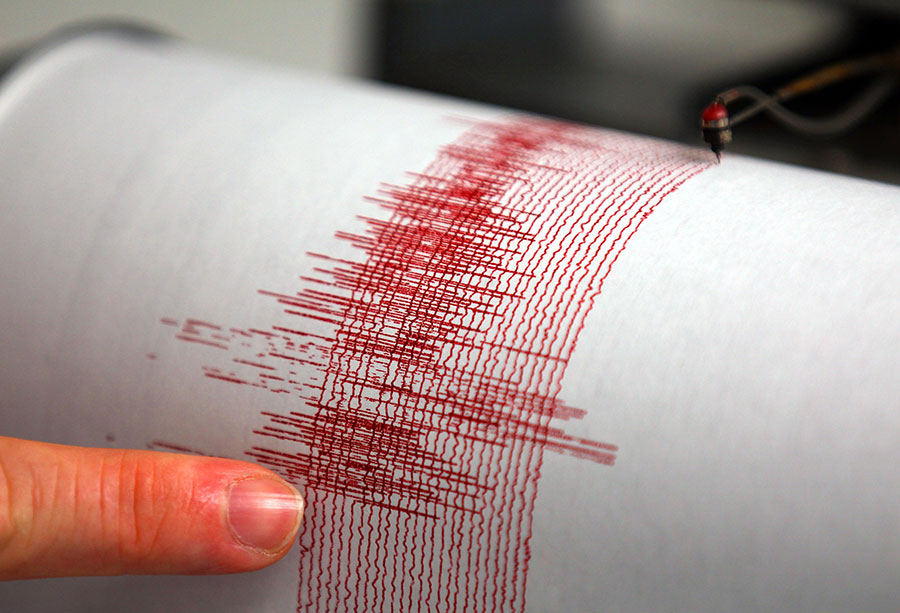At least five significant earthquakes took place in Texas between 2012 and 2013 and a recent study from Standford University discovered that those geological events were not natural, using some new methods to detect the source of the earthquake.
The investigation called A Historical Review of Induced Earthquakes in Texas was developed by Cliff Frohlich, Heather DeShon, Brian Stump, Chris Hayward, Matt Hornbach, Jacob I. Walter and others. The source of the earthquakes apparently was the injections of wastewater oil and gas deposits in the ground. Pumping water underground formed tensions in the soil.


The seismic activity
In the past, Texas did not suffer from many earthquakes or erratic movements in the ground and historically has been with little seismic activity. The last few years, however, earthquakes have raised and initially started in San Antonio and have moved to Keen, Timpson, and Fort Worth, with a magnitude between 2 and 5. Since 2008, the rate of earthquakes with magnitudes greater than three increased considerably. Different monitoring organizations discovered that the sequences and focal depths of the earthquakes have changed in the last few years.
The Texas Campaign for the Environment (TEC) was the organization that considered initially that the disposal wells for hydraulic fracturing operations were involved with the increasing earthquakes in the region but thought that natural gas drilling was the leading cause of the irregularities in the disposal wells. Long-term disposal wells were linked to the earthquakes by the Department of Energy (DOE) and the National Research Council (NRC).
The increase in oil and gas exploitation, as well as the use of deep fracking technology in the region, is a relevant factor considered when analyzing the seismic activity and among seismologists is a common belief -since the 1960s -these operations can sometimes induce earthquakes.
The mechanism to discover the source
Through radars from satellites, scientists were able to find the cause of some of the earthquakes looking at the sets of wells, eastern and western.
The eastern wells were shallow and the satellite radar showed that the eastern wells weren’t the culprit, but the high-volume deeper western ones were, said William Ellsworth, a member of the team of scientists that developed the study.
Satellite data allowed the team to evaluate changes in the ground as well as the behavior of the elements that influenced the wells. For about 18 months Texas was affected by these earthquakes, but scientists consider this wave of earthquakes may have ended. However, they have not reached a conclusion about what kind of long-term consequences will stay on those grounds.
The study published in the Seismological Research Letter used several statistical methods to the assessment of induced earthquakes in four regions of Texas and found out that:
“altogether, for the 162 Texas earthquakes having magnitudes of 3 or greater and occurring between 1975 and 2015, we categorize 42 (26%) as almost certainly induced, 53 (33%) as probably caused, 45 (28%) as possibly influenced, and the remaining 21 (13%) as tectonic. In the remainder of this section, we describe the most significant induced earthquakes and earthquake sequences in four different geographic regions of Texas.”
Source: SMU
